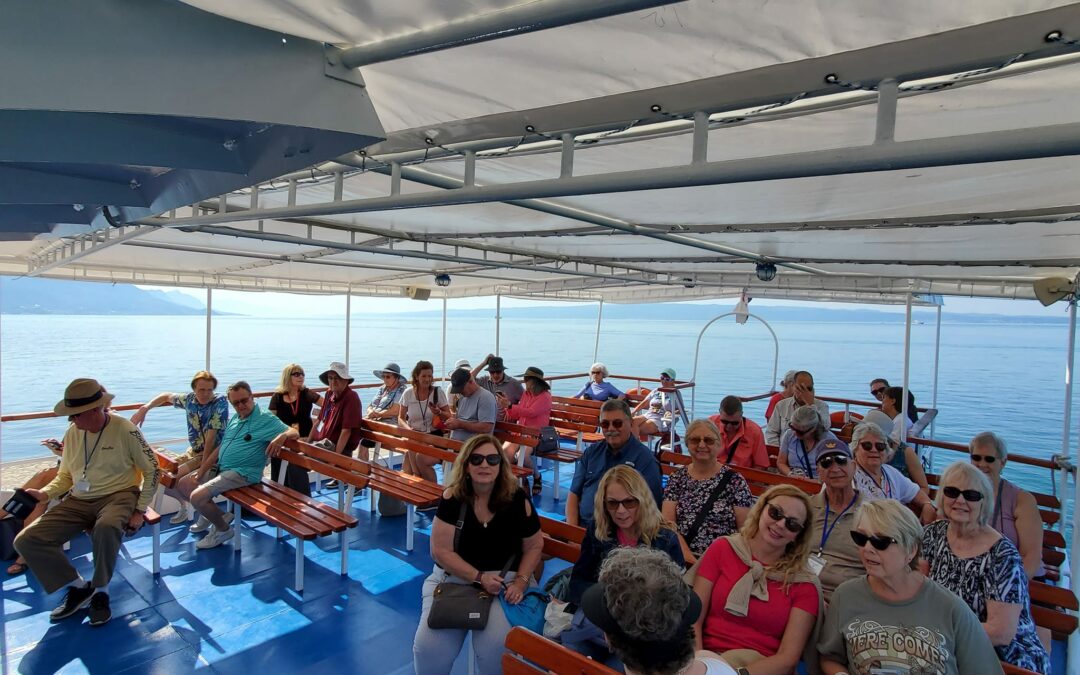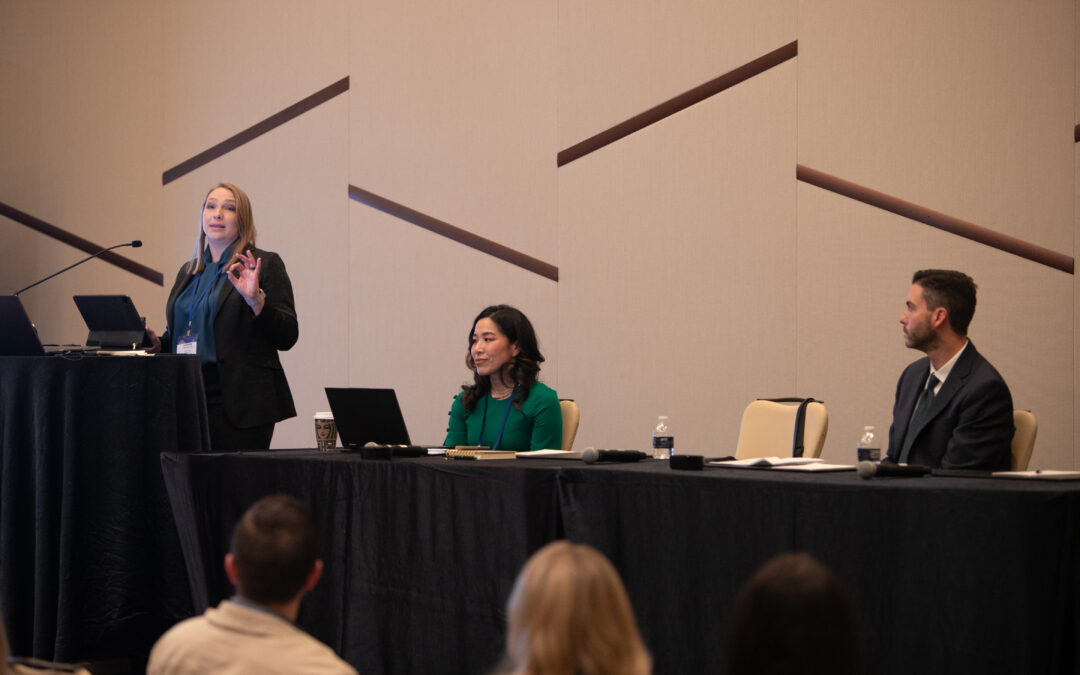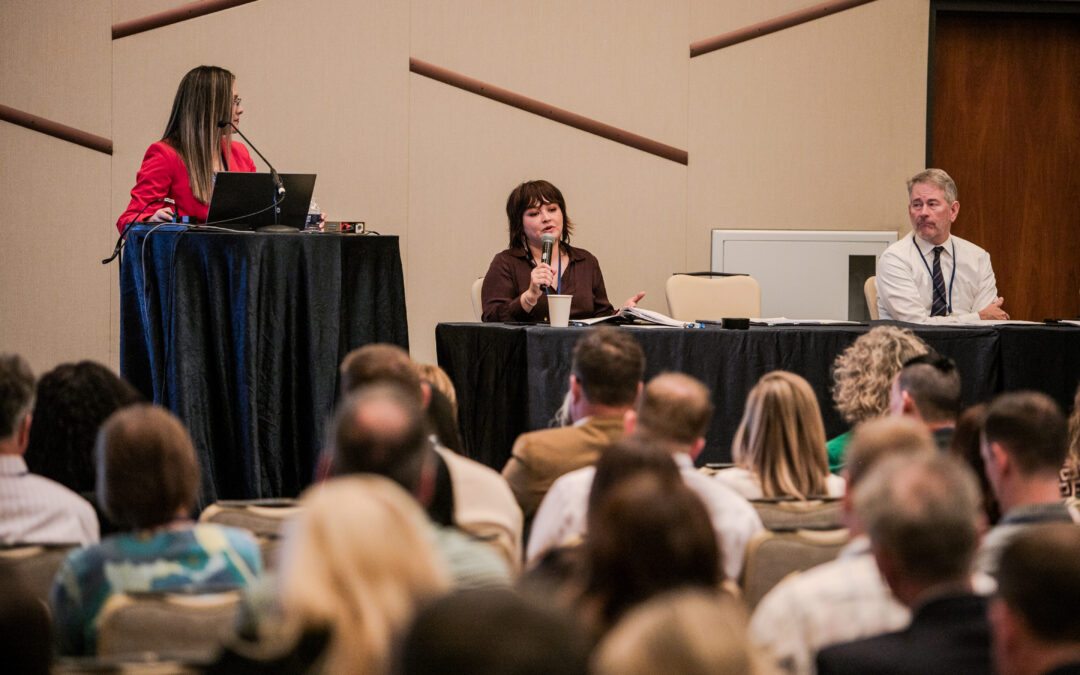

The right stuff: Stirring up the perfect volunteer recipe
CAI Nevada boasts a large, long-standing, and active contingent of homeowners who give their time, expertise, and effort to both their local communities and the chapter. Communication, education, and proper training are all part of designing an effective and intuitive homeowner volunteer recipe.

Making a splash: Developing a community association pool policy
Summer is just around the corner, which means it’s almost time for pool season. Maintaining the perfect oasis is about more than just warm weather and water. Community associations need to have a good pool policy. Here’s how.

Artificial intelligence: How can communities safely harness the technology?
Artificial intelligence remains an elusive concept to many, including those in community associations. The technology poses many perceived benefits and risks, but undoubtedly will have a long-term, powerful impact. Demystifying those benefits and risks, and establishing an AI policy, can help prepare your community for the future.

World tour: Texas lifestyle director leads community travel
Danielle Levesque is spreading adventure at CCMC-TX in Spring, Texas. The lifestyle director organized a community trip for residents to visit her homeland, Croatia, where participants bonded while eating at her family restaurant, exploring the countryside, and learning about the country’s history.

Paving the way: Celebrating women in community associations
March is Women’s History Month. To celebrate, here’s how two women, Natalie Stewart and Alyson Astleford, are supporting community associations and paving the way for CAI and the broader housing model; both bring their unique perspectives to the profession.

Security measures: How communities can minimize liability
Community associations need to tread carefully when it comes to security. Employing various security measures and creating a perception of security could make communities liable if a crime occurs. What should associations do to minimize liability?

Shaping the path: Celebrating women in community association law
March is Women’s History Month. To celebrate, here’s how two women, Alexis Firehawk and Kate Bushey, both attorneys in community association law, are shaping the path ahead for CAI and the community association housing model; both bring their unique perspectives to the profession.

Understanding the options: 7 steps to consider as communities face skyrocketing insurance premiums
Over the past year, most of the country has felt the effects of a hardened insurance market. Community associations are seeing fewer insurance options, experiencing more scrutiny regarding what insurance companies will write, and getting forced to find coverage more often in the surplus lines market. As community associations look at their insurance premiums and consider renewal, experts recommend seven steps for finding the best coverage.

Reclaiming paradise: Florida manager leads disaster recovery
Disaster recovery efforts can be complicated even without a challenging insurance market. Valencia on the Gulf, a condominium community nestled on the normally picturesque beach in Venice, Fla., was among the many neighborhoods that got hammered by Hurricane Ian. Under the leadership of its community manager, Valencia is well on its way to recovery.

Soft skills matter: 7 qualities of an effective community manager
The job of the community association manager is part financial management, urban planning, facilities maintenance, community development, volunteer management, and project management. Good managers also learn to master seven soft skills and knowledge.

